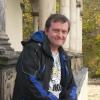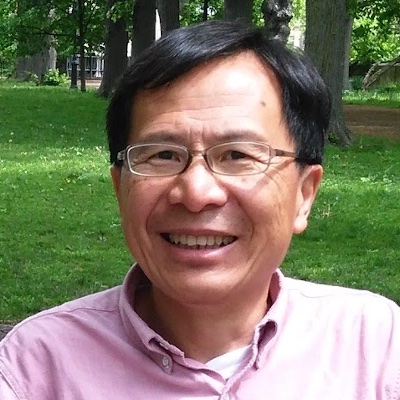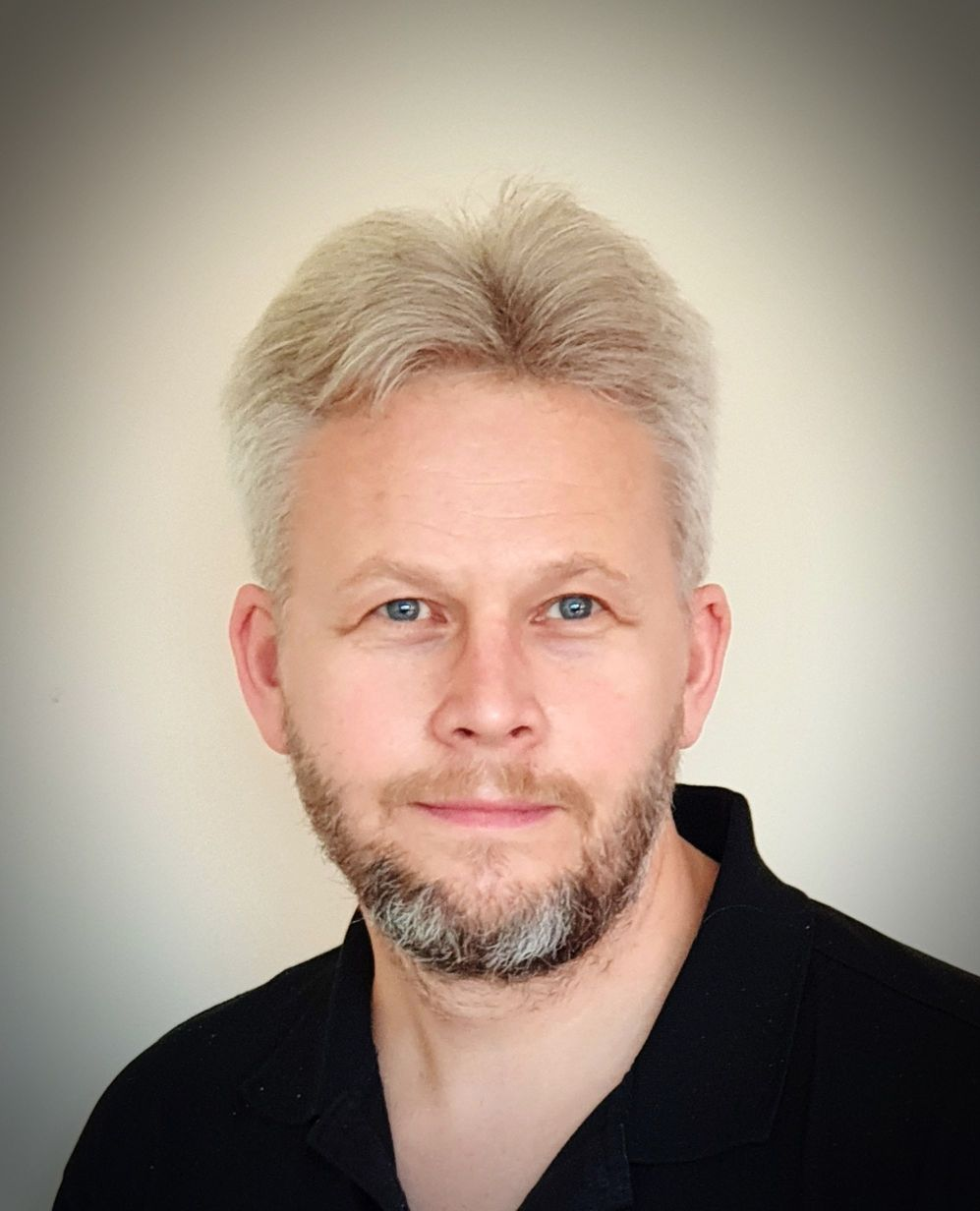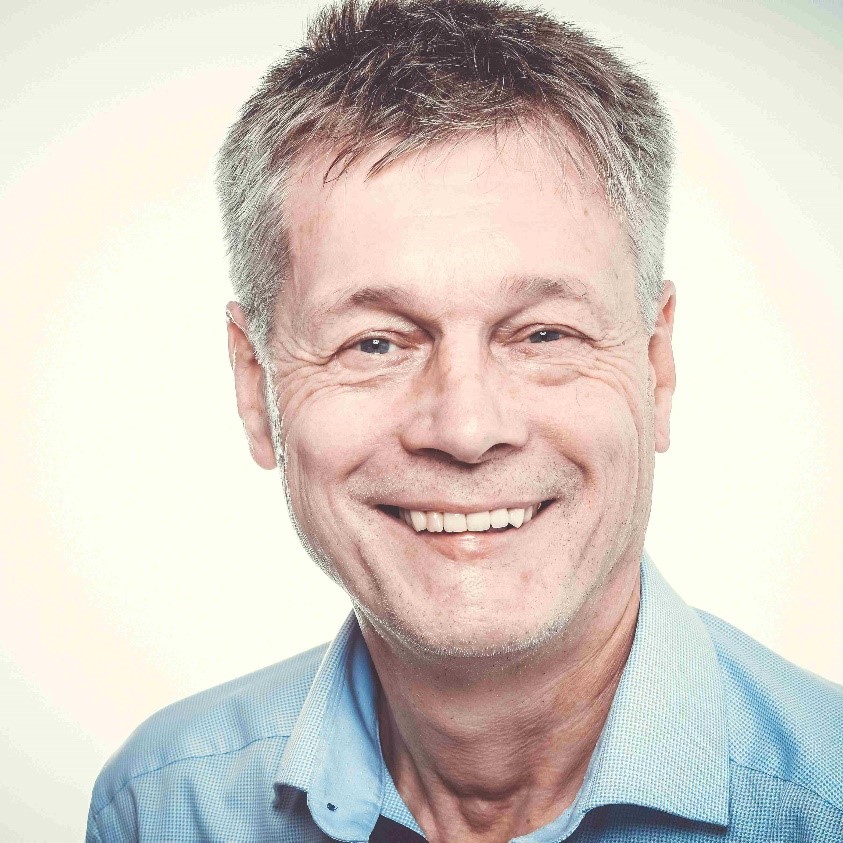|
WS1: Integrative lighting applications: advances, guidelines and roadmap
|
|
Conveners: Luc Schlangen, NL & Peter Thorns, GB
 
|
|
Summary
The recently published e-ILV update introduces the new term integrative lighting and defines it as lighting that integrates both visual and-non-visual effects to produce physiological and psychological benefits upon humans.
While the more conventional visual qualities remain important, also ‘non-visual’ effects such as those on the circadian system, sleep and alertness are important considerations in integrative lighting designs. This makes integrative lighting a promising route for optimizing visual perception, comfort and psychological reinforcement, while simultaneously maximizing health and well-being of users. Integrative lighting considers what light is appropriate for a particular time of day, context and group of users. In this workshop the recommendations of the 2nd international workshop on circadian and neurophysiological photometry (2019) will be discussed. These recommendations use the melanopsin-based metrology of international standard CIE S 026:2018 to account for ipRGCs photoreception and provide some initial guidance on healthy daytime, evening and night-time light exposures in day active people. Next to this, the workshop will discuss recent insights and advances in recommendations with respect to what illuminances and lighting designs to use for users with ages beyond 50. Thirdly, the workshop will discuss ongoing activities to establish an authoritative set of lighting requirements for humans in indoor workplaces that meet the needs for visual comfort and performance of people with a normal visual capacity. The workshop closes with a forum discussion in which all these perspectives are combined in a mind map with current steps and future directions for integrative lighting applications.
Programme
- Peter Thorns/ Luc Schlangen: welcome and brief introduction to set the stage (5 min)
- Luke Price: recommendations for healthy light exposures from the 2nd international workshop on circadian and neurophysiological photometry (15 min)
- Yukio Akashi: specific lighting guidance for more aged (50+) people, CIE 227:2017 Lighting for Older People and People with Visual Impairment in Buildings (15 min)
- Etsuko Mochizuki/Peter Dehoff: Lighting for indoor workplaces – how can we give more guidance (15 min)
- Luc Schlangen/Peter Thorns: open forum discussion on current progress, next steps and future directions for integrative lighting applications (40 min)
|
| WS2: Adaptive road lighting |
|
Convener: Dionyz Gasparovsky, SK
|
|
Need for lighting of roads varies throughout evening and night. Depending on traffic situation, weather conditions, climatic and seasonal changes, presence and movement of people and many other factors, the lighting should adapt itself optimally to satisfy requirements to visual performance, visual comfort and aesthetical presence in respect to different types of users. It is essential for adaptive lighting to balance between actual needs of different user groups and user patterns sharing the same outdoor space, mitigating any adverse effects of light on the surroundings. Moreover, 'smart' lighting should be able to predict behaviour of users in real time and react to such extraordinary and unexpected situations as traffic accidents, work on road or criminal acts. The workshop is intended to support works in Technical Committees TC 4-62 and TC 4-51 by creating platform for presentation of the newest knowledge and gathering ideas from wider audience of participating stakeholders, experts and professionals.
Workshop presentations:
• WP01: Costis Bouroussis, GR: A HOLISTIC METHOD FOR THE COMMISSIONING AND OPTIMIZATION OF ADAPTIVE ROAD LIGHTING SYSTEMS USING LABORATORY AND FIELD MEASUREMENTS
• WP02: Dionyz Gasparovsky, SK: ASSESSMENT OF ROAD LIGHTING PERFORMANCE FOR TRAFFIC INTENSITY AND TRAFFIC DETECTION BASED LIGHTING ADAPTATION
|
|
WS3: Enhancement of images for colour-deficient observers
|
|
Convener: Po‐Chieh Hung, US

|
|
An overview of CIE 240:2020 Enhancement of Images for Colour-Defficient Observers will be presented in this workshop by two of the experts involved in its preparation. The workshop will include both a Q&A session and time for discussion.
As background to this workshop CIE 240:2020 summarizes the methods used to enhance images in order to be easily recognized by colour-deficient observers. They are classified into three major categories: recolouring, edge enhancement and pattern superposition; pros and cons are discussed. The document provides recommendations on how to choose an enhancement method for a specific application based on the conception that there is no unique technique covering all cases. Besides it describes some evaluation methods of the enhancement techniques to be proposed in the future. Three types of test images (a natural scene, a scientific visualization and an office document) are provided for the evaluations.
Workshop presenters:
Po-Chieh Hung, US
Balázs Vince Nagy, HU
Sakuichi Ohtsuka, JP
Takashi Sakamoto, JP
Gaurav Sharma, US
|
|
WS4: Practical determination of sampling interval in photometry and radiometry
|
|
Convener: Tony Bergen, AU

|
|
The field of photometry and radiometry often involves measurements of distributions. This can be single-dimension distributions, e.g. spectral measurements and time-resolved measurements; two-dimension distributions, e.g. goniophotometry and field illuminance measurement; three-dimension distributions, e.g. goniospectroradiometry and hyperspectral imaging; and in some cases higher dimensions.
When a distribution is measured it is normally not measured in its entirety – instead the distribution is sampled at regular intervals. The choice of sampling interval has an impact on any evaluation of the distribution as well as any derived quantities. Furthermore, the sampling interval needs to be considered in the determination of the uncertainties of measurement.
Taking more measurements, i.e. decreasing the sampling interval, may give a more complete picture of the distribution being measured, but it may also come at the expense of taking more time to acquire and of producing too much data. There is a science called sampling theory which provides guidance for determining the optimum sampling interval so that the distribution is adequately described, but sampling theory is often too mathematically involved for many people performing basic measurements.
The intention of this workshop is to provide some practical guidance on how to determine the ideal sampling interval in order to optimise the trade-off between measurement accuracy and measurement speed. The workshop is suitable for everyone dealing with measurements in all aspects of photometry and radiometry.
|
|
WS5: Methods for measuring discomfort from glare
|
|
Convener: Steve Fotios, GB

|
|
Summary
As stated in CIE 243:2021 there is still no reliable model of discomfort from glare and one reason for this is insufficient consideration of methodology: test procedures are often weak (e.g. condition orders were not counterbalanced) and range bias is rarely (if ever) considered. That leads to noise and bias in the data and hence to disparity in models fitted to different sets of data. This aim of this workshop is to raise awareness of these issues and to discuss the steps that might improve future research of discomfort from glare.
|
|
WS6: Pre‐vitamin D action spectrum: challenging CIE towards a standard
|
|
Convener: Ann Webb, GB

|
|
The CIE pre-vitamin D action spectrum was published as a TC report in 2006 (CIE 174:2006 Action spectrum for the production of previtamin D3 in human skin). CIE practice is to allow such action spectra to be evaluated by the community, and then move towards a standard. The 2006 action spectrum is widely used, which shows a level of acceptance. However, this is also likely because none of the challengers (so-called QUT and RIVM versions) can prove that they are better (clearly more correct/produce more realistic or experimentally validated outcomes). This does not necessarily mean the CIE version represents the truth, just a consensus that it is better the community use a single action spectrum and this one has the weight of an international body behind it. The full TC report shows that the authors were well aware of the limited data they had at their disposal, and the assumptions they had to make in developing this action spectrum. Can we now improve on this, or has it indeed stood the test of time? Given the current interest in vitamin D, now would seem a good time for CIE to consider whether the existing CIE pre-vitamin D action spectrum is robust enough to engage a TC to move towards making it a Standard. For that to happen it needs to withstand scrutiny. The aim of the workshop would be to consider whether the time is right for establishing a standard, with or without amendments to the current version, or whether more work is needed. The workshop will begin with a series of brief (5 minute) presentations to explain the background to the pre-vitamin D action spectrum, the several versions of the action spectrum, and the practical implications of identifying the correct version.
|
|
WS7: Revision of ISO/CIE 19476 and CIE S 025
|
|
Convener: Armin Sperling, DE

|
|
In 2013 CIE published CIE S 023:2013 “Characterization of the Performance of Illuminance Meters and Luminance Meters”. This was transferred into a dual logo standard with ISO and published as ISO/CIE 19476:2014 “Characterization of the Performance of Illuminance Meters and Luminance Meters”. This was identified as requiring revision in a systematic review held in 2019. For implementation the CIE TC 2-96 was recently established in D2.
In 2015 CIE published CIE S 025:2015 “Test Method for LED Lamps, LED Luminaires and LED Modules”. The standard has now had over five years of use and is becoming widespread in its application. In the coming years we will have the opportunity to revise the standard to take into account new knowledge and to address any deficiencies that may be identified with the standard.
There is a European research project EMPIR 19NRM02 RevStdLED which is advancing research in areas that are key to these two publication revisions. The CIE is identified as a key stakeholder in this project, and the project work packages are directly relevant:
• Traceable measurements using ILMDs (related to CIE S 025)
• Spectral correlations in photometric quantities (related to CIE S 025)
• Complementing spectral mismatch index (related to ISO/CIE 19476)
• Comparison of spatial distributions (related to CIE S 025)
The intention of this workshop is to provide an introduction to the revision of these two standards and to seek input from attendees on all aspects relating to the revision. The workshop is suitable for everyone dealing with measurements in all aspects of photometry and radiometry.
Workshop content:
- Short introduction to ISO/CIE 19476 and CIE S 025:
- Scopes of the standards and demarcation from CIE 244
- Missing items
- Workshop presentations WP03 (see below)
- Discussion on unsolved questions regarding ISO/CIE 19476:
- Modified SMCF and mismatch Index
- Introduction of luminous efficiencies other than V(λ)?
- Introduction of additional illuminants?
- Introduction of MU evaluation regarding
- how to implement for calibration procedures
- how to implement for quality indices
- Discussion on MU in CIE S 025
Workshop presentations
- WP03: Udo Krüger, DE: GENERAL V(λ) MISMATCH INDEX ‐ HISTORY, CURRENT STATE, NEW IDEAS
- WP04: Ville Mantela, FI: NOVEL EVALUATION METHOD FOR GENERAL PHOTOMETER MISMATCH INDEX f1'
|
|
WS8: Progress report and discussion regarding CIE TC1-98:
A Roadmap Toward Basing CIE Colorimetry on Cone Fundamentals
|
|
Convener: Lorne A. Whitehead, CA
|
|
Summary
CIE TC1-98 began work in October 2020. It will create a roadmap for the development of a new, complete, self-consistent system of CIE colorimetry measures based directly on cone fundamentals, with explicit consideration of the impacts of variations of the cone fundamentals due to age, field of view, and individual diversity. It will address CIE colorimetry measures that are currently based on the XYZ colour matching functions, and will also consider the possibility of creating new measures based on the LMS cone fundamental functions. At present there are three working groups within TC 1-98:
The “LMS-based CIELAB” working group is assessing the feasibility of developing a simple LMS-based calculation similar to CIELAB but with sufficient accuracy to assess colour appearance and colour appearance differences in many practical situations.
The “retinal diversity” working group is considering the variation of cone fundamental functions among individuals with colour-normal vision. There are two related aspects of this topic. First, there is a need to better characterize this variation, which could include a recommendation for significant new international experimental efforts. Second, there is a need to better connect between colour-matching observations and colour appearance predictions. In particular, it is important to account for colour-contrast self-adaptation, which to some extent reduces colour appearance differences that would otherwise be caused by variations of cone fundamentals.
The “extrapolation” working group is addressing a current inconsistency – the CIE now recommends that colorimetry calculations span the wavelength range from 360 nm to 830 nm, but at present the values of the cone fundamentals are not tabulated throughout that full range. The missing values, which are essentially negligible, are for wavelengths below 390 nm and, for the S-cone, above 615 nm. This working group is developing a recommendation for filling in those blanks.
The workshop will begin with an overview discussion and may include breakout groups to support more detailed exchange.
Designated speakers:
- Yoko Mizokami on LMS CIELAB
- Manuel Spitschan on retinal diversity
- Kees Teunissen on extrapolating cone fundamentals.
|






